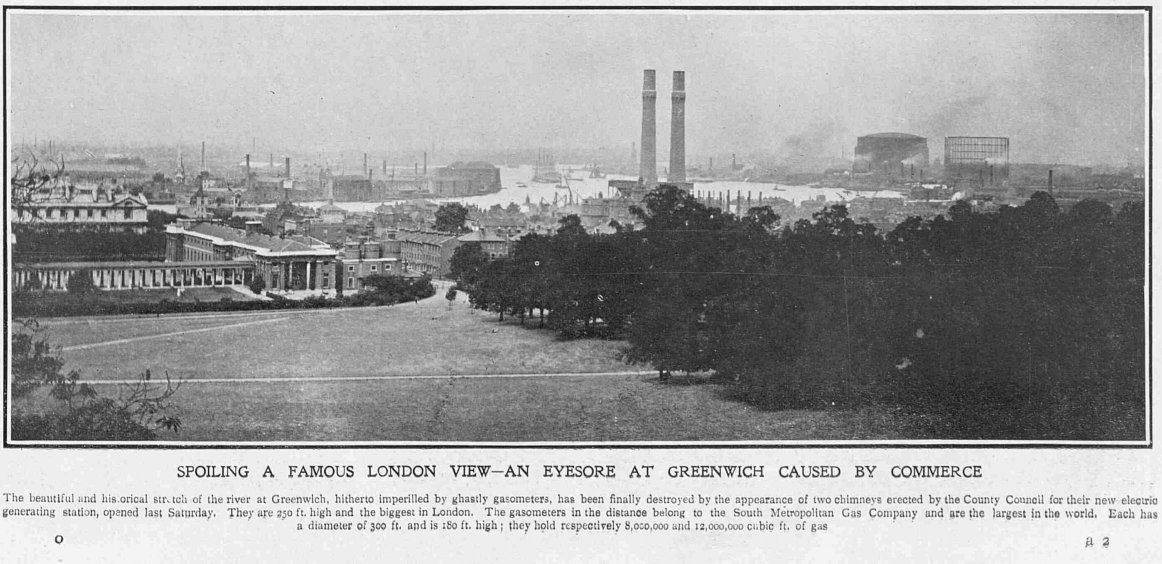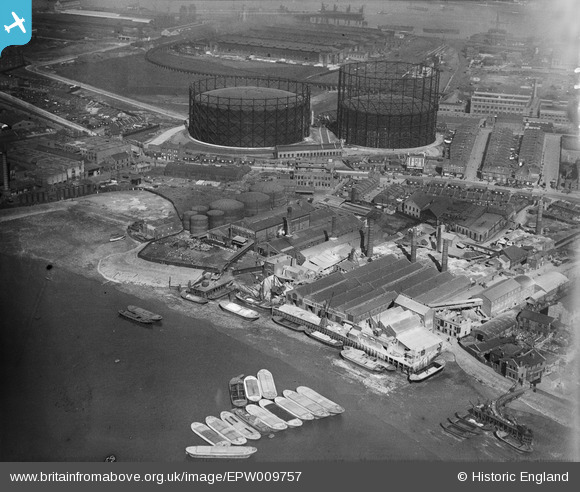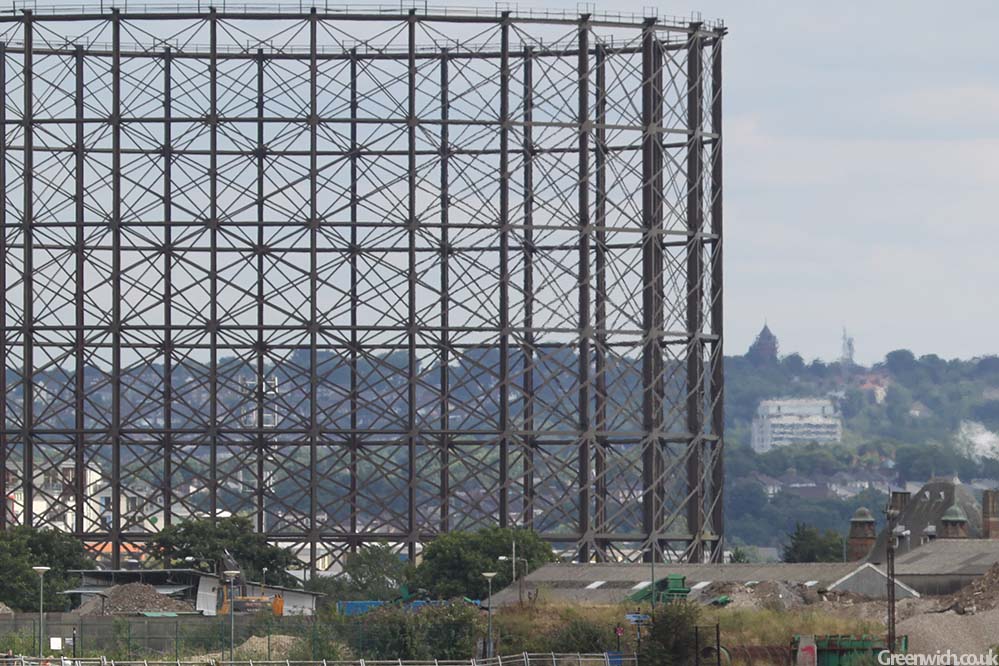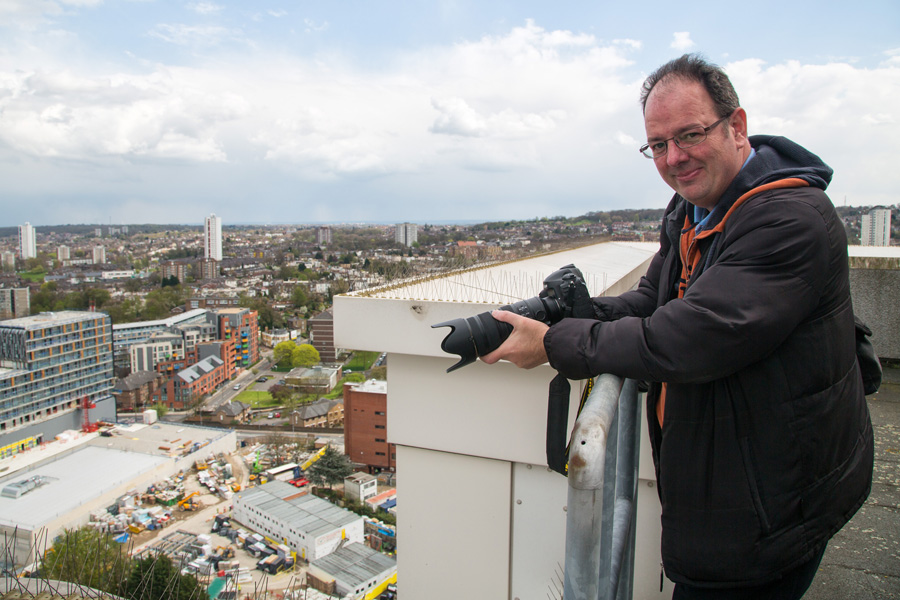
Steve Cram: The crowds in Greenwich are cheering Mo Farah as he passes the familiar sight of HMS Implacable at about the six and a half mile mark next to the River Thames on this hot Sunday morning.
Brendan Foster: It’s great to see Implacable open again after the terrible fire and long restoration. Mo is tucked in nicely behind the pacemaker as he heads on now to Creek Road.
In an alternate reality, that’s perhaps exactly how this weekend’s London Marathon might be described by television commentators.
Because although the Cutty Sark has been an instantly recognisable landmark on the riverside since the 1950s, and an iconic part of the marathon route since it started in 1981, it was a very different ship altogether that almost came to Greenwich before her.
Duguay-Trouin was a 74-gun ship of the line built by the French in 1797 which saw action at the Battle of Trafalgar in 1805 where she even engaged against Nelson’s HMS Victory. Captured by the British, she was brought to Plymouth, refitted and commissioned into the Royal Navy as HMS Implacable.

© Illustrated London News – British Newspaper Archive
Fifty years later, Implacable became a Navy training ship and when in 1908 there were plans to break her up, it was the personal intervention of King Edward VII that saved her. By the 1920s, she needed continued help and the Society of Nautical Research (SNR), which helped save HMS Victory, set up a special committee responsible for Implacable – with National Maritime Museum (NMM) director Geoffrey Callender as secretary.
The former Duguay-Trouin deteriorated during the years of the second World War, when she was temporarily recommissioned as a training ship. Following Callender’s death in 1946, SNR member Frank G G Carr was appointed as the NMM’s second director. Carr wanted to find a more permanent solution to the perilous situation Implacable was in.
In October 1947, he suggested that Implacable be restored and re-rigged, and brought to a new purpose-built dry dock in Greenwich. She would be London’s Trafalgar Ship and serve as a monument to the fallen seamen of World War Two.
In early 1948 a drawing by F.A. Evans was published in the Illustrated London News, edited by SNR Vice President Bruce Ingram, and the Sunday Times which showed how the wooden warship would look in a new dry dock at Greenwich on the site of the old Ship Hotel. The Ship had been destroyed in WWII and the London County Council was planning to redevelop the land.

© Illustrated London News via the British Newspaper Archive
The drawing shows a view from the river looking towards the bow of the ship, with the familiar outline of the Pepys building at the Royal Naval College on the left and Greenwich Church Street with St Alfege Church looming above on the right. It’s a vantage point which looks instantly recognisable because it’s strikingly similar to how Greenwich would eventually look – but with the Cutty Sark instead.
If the campaign had been successful, it would have been HMS Implacable that would have become synonymous with Greenwich. Implacable would have been one of the most famous ships in the world, as Cutty Sark now is. It would have been Implacable that would lend her name to a DLR station in the town.

It would be HMS Implacable Gardens, not Cutty Sark Gardens, in which the ship would welcome many thousands of visitors a year. And further east at Ballast Quay, the HMS Implacable pub would be a favourite spot for a drink by the river.

The campaign received further press coverage in the Illustrated London News, The Times, The Sphere, the Western Morning News and other titles, and was raised in the House of Commons in November 1948 and February 1949 by Twickenham MP Sir Edward Keeling.
Civil Lord of the Admiralty Walter Edwards MP replied on the latter occasion that the possibility of “preserving the ship at Greenwich as part of a development scheme by the London County Council was being examined.”
Her fate was even raised with the Prime Minister, Clement Atlee, by the Duke of Edinburgh – who became a National Maritime Museum trustee and who supported Carr’s vision.
But ultimately the cost of restoring Implacable – estimated to be £200,000 at the very least and likely to be higher – was thought to be too high. The NMM board concluded that they couldn’t support the SNR Implacable Committee’s plan. With no other credible proposals to save her, it was decided that she would be broken up.
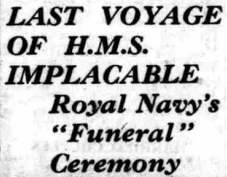
How the Nottingham Evening Post reported it (via British Newspaper Archive)
On Friday December 2nd 1949, Implacable was towed out to the Solent with both the British and French ensigns flying. She was packed with explosives and blown up with escort ships from the British and French navy watching. Living up to her name, she refused to sink easily and it took over three hours before she was fully submerged.
The scuttling was reported in the press almost like a state funeral with The Times running a large photo under the headline “the last hours of HMS Implacable.”
They recorded that four charges packed in the hull of the ship were fired at 1.45pm.
“When the charges were fired there was a heavy explosion which scattered debris on the water around, and the hull began rapidly to sink… leaving the upper deck floating like a raft with the two ensigns still flying.”
It wasn’t until almost 5pm that she was finally sunk.
Frank Carr was on one of the escort boats. He later wrote in the preface to the International Register of Historic Ships published in 1985:
“I watched as she was towed to her death. I marvelled at the beautiful way in which her lovely hull slid through the water, causing scarcely a ripple; and I wept when she sank. Never again would human eyes see a line-of-battle ship under way.”
Determined that under-threat Cutty Sark would not suffer the same fate, Carr helped form the Cutty Sark Preservation with the Duke of Edinburgh as patron in 1952 and £250,000 was raised by to save her by public subscription. She was berthed at Greenwich in December 1954 and officially opened by the Queen in 1957.
Although Implacable could not be saved – part of the historic ship did eventually make it to Greenwich. The figurehead and stern carvings were saved, restored and presented to the National Maritime Museum in 1950 where they remain on display to this day.


- Further reading on Implacable and many other stories associated with the development of the National Maritime Museum can be found in ‘Of Ships and Stars’ by Kevin Littlewood and Beverley Butler which has been indispensable in researching this post.
- Top image: HMS Implacable in Greenwich drawn by Peter Kent.

